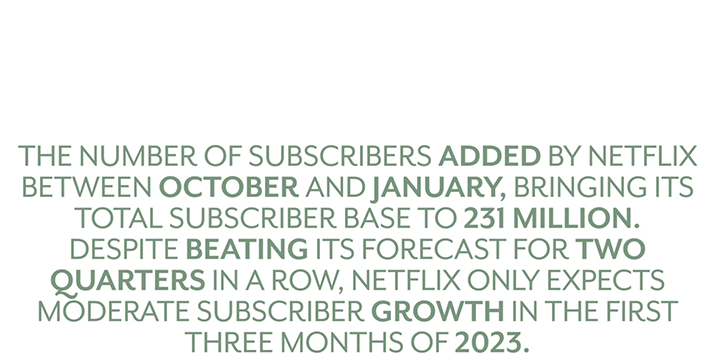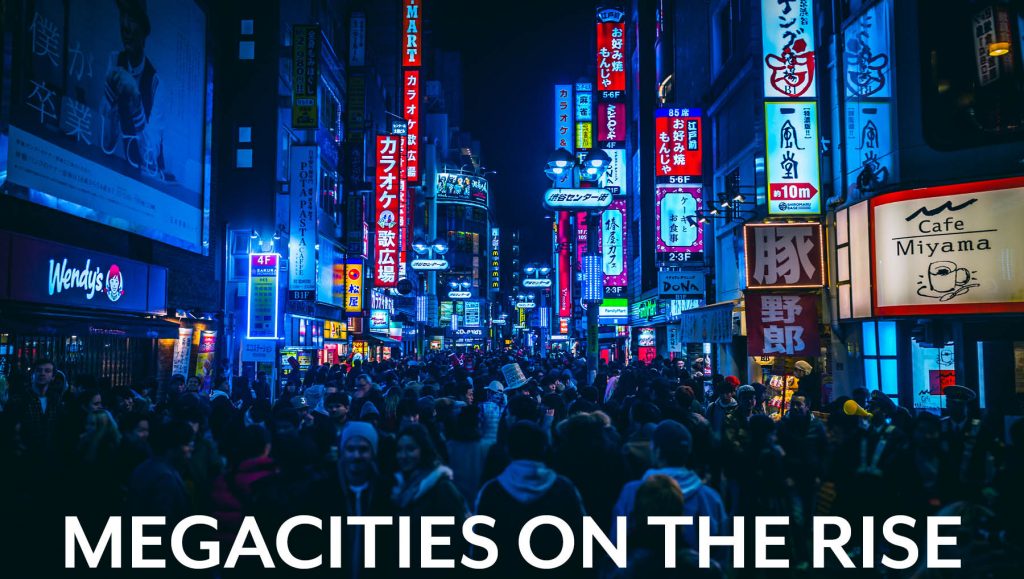Language
You can read the magazine in one of the following languages
The world’s leaders see climate change and its effects on the planet posing the greatest risk to the world as we know it over the next 10 years, according to a new study.
The World Economic Forum’s ‘Global Risks Perception Survey’ questioned more than 1,000 leaders from academia, business and politics about the greatest risks on the horizon. The cost-of-living crisis emerged as the most pressing issue over the next two years, but the four most severe risks in 10 years were all expected to relate to climate change.
“The world’s collective focus is being channeled into the ‘survival’ of today’s crises: cost of living, social and political polarization, food and energy supplies, tepid growth and geopolitical confrontation, among others,” World Economic Forum Managing Director Saadia Zahidi said.
“Much-needed attention and resources are being diverted from newly emerging or rapidly accelerating risks to natural ecosystems, human health, security, digital rights and economic stability that could become crises and catastrophes in the next decade,” she warns.


The vast majority of the world’s population will live in cities within the next 30 years, according to new research by the Institute for Economics & Peace.
The study showed that by 2050, 70 percent of people will live in urban areas, up from 54 percent in 2020 – an increase spurred by population growth and the ongoing march of urbanization, with ‘megacities’ surging to the fore.
Defined by a population of 10 million or more, there are currently 33 megacities worldwide led by Tokyo (37.3 million), Delhi (32.3 million), Shanghai (28.7 million), Dhaka (22.6 million), São Paulo (22.5 million) and Mexico City (22.1 million).
An additional 14 megacities will join their ranks by 2050, resulting in the top five order shifting to Delhi (49.6 million), Dhaka (34.6 million), Tokyo (32.6 million), Cairo (32.6 million) and Mumbai (32.4 million).

A rail renaissance is underway in Europe, coinciding with the setting out of ambitious carbon emission reduction targets. Not only has France banned short-haul domestic flights, the European Union has announced plans to double high-speed rail use by 2030 and triple current levels by 2050.
More than 130 transport infrastructure projects – including major rail initiatives – have already been selected for EU grants totaling over US$5.8 billion.
Savvy operators are taking note, with Australia-headquartered newcomer Rail Online at the forefront. The company has established an office in the United Kingdom and is preparing to launch a new technology solution allowing consumers to book point-to-point fares on all United Kingdom rail operators through a single app.
“Rail Online is well positioned to take advantage of this growth because the company is scalable, with automated processes enabling customers to manage their own bookings,” CEO James Dunne tells The CEO Magazine. “It also offers an attractive consumer price point, with no booking fees, while earning commission off an extensive range of rail carriers.”
The company is also preparing for its next round of funding to drive the establishment of a North American operation in the second half of 2023.


India is set to overtake China as the world’s most populous country in April – a shift expected to have major consequences for both nations.
By 2050, China’s population is projected to decline by eight percent while India’s will continue to grow until 2064 when it will peak at 1.7 billion, according to forecasts. At that point, its population will be almost 50 percent larger than that of China.
State Bank of India projections show that India will account for over one-sixth of the growth in the world’s working-age population between now and 2050, with the country on track to become the world’s third-biggest economy by 2029.
“China’s reducing population should serve as a clarion call for India, on not only what to do but also what not to do,” the Population Foundation of India commented. “India must put an end to the buzz and noise around the possible introduction of a two-child norm.
“In order to leverage our demographic dividend and the wealth of human resource in India, it is critical that development interventions are geared towards education with a focus on gender equity, economic development and access to family planning services.”

These are the most powerful passports in the world in 2023, ranked by countries they allow people to visit visa-free according to the ‘2023 Henley Passport Index’:
1. Japan (193 destinations)
2. Singapore; South Korea (192 destinations)
3. Germany; Spain (190 destinations)
4. Finland; Italy; Luxembourg (189 destinations)
5. Austria; Denmark; Netherlands; Sweden (188 destinations)
6. France; Ireland; Portugal; United Kingdom (187 destinations)
7. Belgium; New Zealand; Norway; Switzerland; United States; Czech Republic (186 destinations)
8. Australia; Canada; Greece; Malta (185 destinations)
9. Hungary; Poland (184 destinations)
10. Lithuania; Slovakia (183 destinations)
